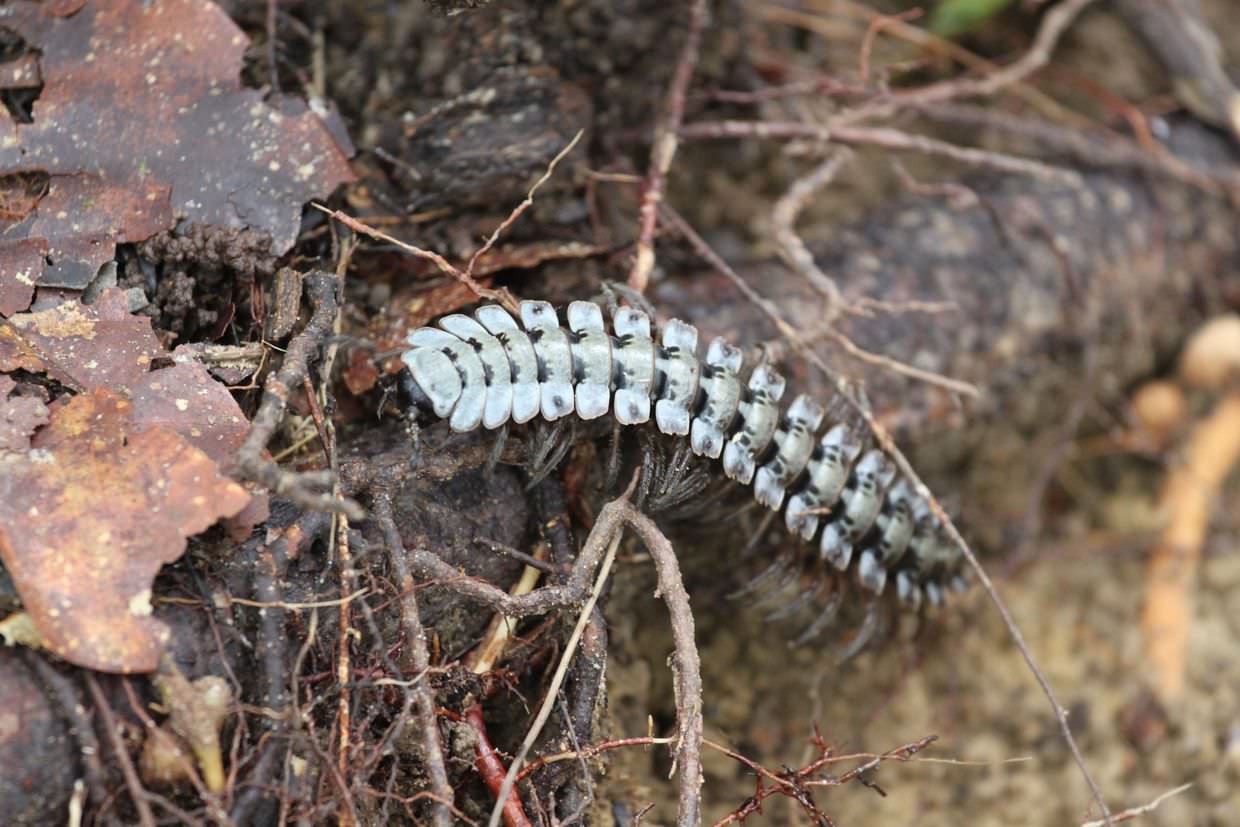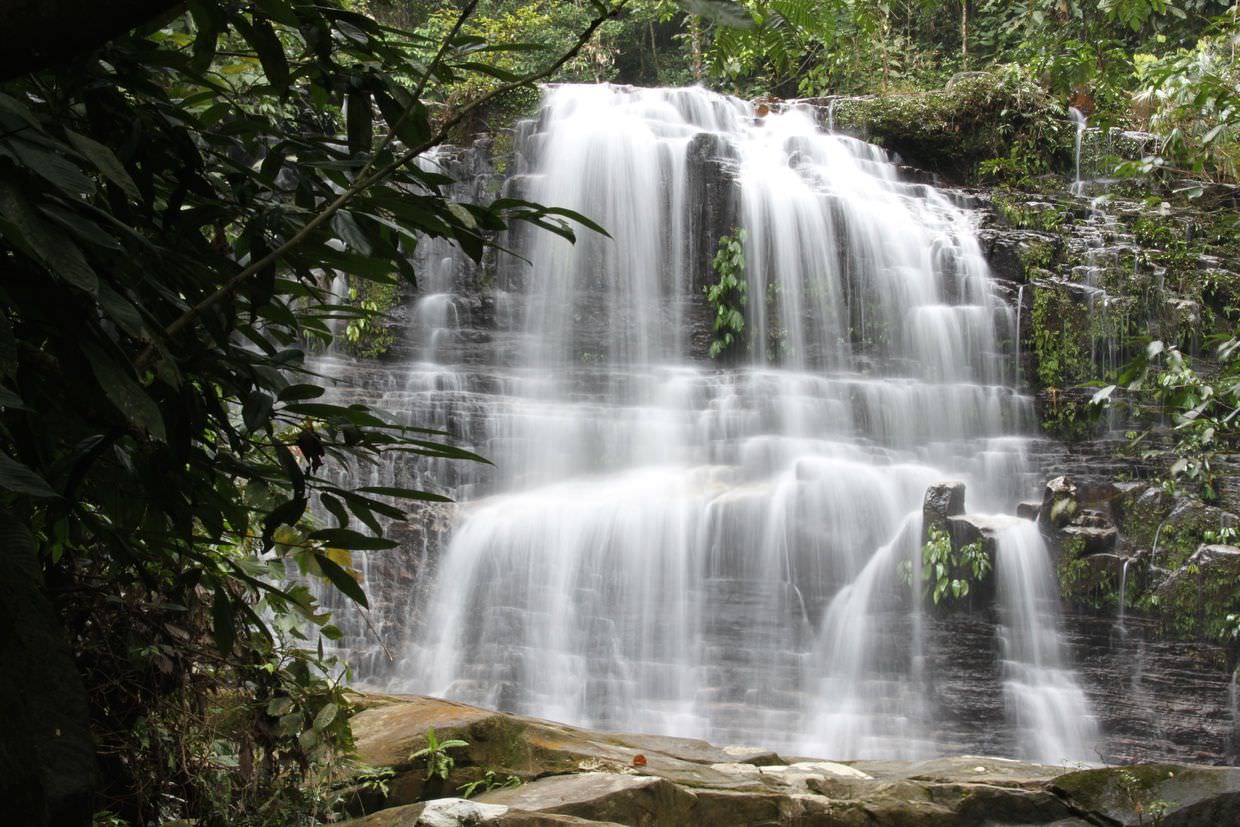Semenggoh sanctuary and Kubah national park
Semenggoh orangutan sanctuary
For our final day in Kuching we returned to wildlife based activities, most of our holiday was wildlife based. At 8am we were due a pick-up to get to Semenggoh for a 9am orangutan feeding (it takes about an hour). Today would be hectic as, instead of choosing one thing, we tried to squeeze in as much as we could. Right after the roundtrip to Semenggoh, one of our best chances of seeing orangutan during our holiday, we’d have 10 minutes or so to grab lunch from the hotel before hopping on another minibus taking us to Kubah (about 40 mins away), “the home of palms and frogs”, another sweaty jungle trek.
It didn’t start well though, at 8:20 there was still no sign of our pickup. The single activity we booked through an agency (rather than doing ourselves via our hotel taxi service), and we had problems. Turns out they’d been waiting for us in the wrong place. Nevermind, they found us, and they raced across town at speed to get us (and another woman called Sam — from Singapore) to the nature reserve in time. We made it, and we had a cheerful chat about life in Singapore and the UK on the way there.
When we wandered down the road to the reserve entrance we found the park ranger finishing up his spiel to a group of 50 or so others. We’d heard from a couple in our hotel that the orangutans weren’t playing ball, and hadn’t come out for feeding for a few days. (To be honest, that’s a good thing, it’s better that they don’t need to rely on food handouts — they are after all returning to their wild instincts). We all gathered by the feeding platform and waited, … and waited. For an hour the group was silent, patient, hopeful. But the ranger told us the apes were still several kilometres away, they weren’t hungry, and we wouldn’t see any furry orange monkeys today.


There used to be walking trails through the park, in the past you could have spent a day here, wandering the forests, looking for orangutans yourself. But there were ape attacks and the paths are now closed, seemingly for good. So after the feeding you’ve got to go. We could have come back for the afternoon feeding for free, but we had other plans. (We expected to see orangutans in Kota Kinabalu, and hoped to see some in Danum Valley).
The reserve also has some crocodiles in cages by the river. I don’t know why they are there, or why they are in cages. It was unsettling, as too were the crocodiles, sat there, staring, waiting to pounce, perfectly camouflaged; at first glance the cages looked empty — we completely missed the 8 foot reptile not five feet from us.
The journey back was to the tune of 90s mix radio, Alanis Morisette played us out. At the hotel we rushed in, ordered a tuna sandwich, picked up some things, changed our shoes, grabbed our food and dived into the minibus. Next stop Kubah.
Kubah national park
Kubah national park is famous for its variety of frog and palm species (though the frogs are nocturnal and you need to stop the night if you want to see them). The park ranger was the most charismatic and friendly man we met in all of Malaysia. “The trails are easy, you won’t need a guide”, we’d already chosen the Waterfall trail; a 3km one-way trek from park HQ with a luscious swim-in-able pool and waterfall at the end of it. About 3 hours in total.

Waterfall trail
The trail begins with an arduous walk up a steep paved road without any shade. In the early afternoon Sam really struggled; she was overheating, and almost gave up. For a little while we wondered if we’d missed our turn onto the dirt track, and the comfort of the shaded forest, the road seemed so long. We rested at the first point of interest, a man-made frog pond.
The forest felt noticeably more alive and dense than at Bako, more insects, more chirping and whistling, more Cicadas, and more wildlife we couldn’t see. The frog pond is man-made, but forms a breeding pool for many species of amphibian. While Sam cooled down I explored quietly. I didn’t get far before a barely visible web blocked my route. And I came face to face with the black spider that made it; it had an intriguing green striped abdomen. I saw three species of frog too, but I wouldn’t know how to identify them. I also knew that where there’s frogs there’s likely to be predators, such as snakes. I looked very carefully, I didn’t find one, but in a rotting tree trunk I found a recently-shed snake skin, about four foot long. It had red dots along one edge, possibly from a paradise tree snake.


When Sam had recovered we pressed on, eventually reaching the turn that took us into the depths of the rainforest. The trail begins with a sharp decline, made easier with concrete slab steps. As it levels out the path alters between old rotten wood and a dirt track, easier on the ankles than the root-laden Bako trail. Spindly spiders and ants rushed about the forest floor, and a sign warned us of dangerous bees (as well as stingless ones). Occasionally a giant bug would stop us in our tracks; a blue shielded centipede, then a mysterious giant millipede, over a foot long — it was in a rush somewhere and wouldn’t slow down for photos. Enormous strangling fig trees and endangered ironwood trees climb into the canopy above. Falling trees are common, and many had crashed to the forest floor, sometimes the trail was blocked and we had to go around. One had smashed through a low bridge we needed to cross; the trunk made a good substitute; another has taken down half a flight of steep wooden steps — again, we scrambled over the decaying trunk to get to the other side.



A slight rustling noise on a slope high above us made us look, and we watched as a small tree frog leaped down the hill toward us, its jumps were huge — covering metres at a time. It landed in front of us, briefly steadied itself, then continued, barreling itself down the hill; beware of unstoppable hopping amphibians travelling at speed.
It hadn’t rained yet today, which made the humidity just about bearable. And the cool flowing river, waterfall and pool at the end of the trail (or the midpoint), was gorgeously refreshing. The river flows over three rocky plateaus, the steepest forming a magnificent waterfall which can be reached by carefully creeping along the slippery wet rock.


The walk back, as per usual, was faster, and the steep paved road was both downhill and cooler. Back at park HQ a school was prepping for an overnight stay, noisy kids were running about and a mountain of bags was blocking a road. Our intrepid minibus driver was there to pick us up again, and before we’d had time to recover we were being whisked back to the hotel once again.
Weekend vibes
Our final night in Kuching was also a Friday, and the city had a pleasant weekend vibe; market stalls were setup along the riverside, couples and families were out for an evening walk, and bands played to passers by. One of those bands, who’d been playing all week, was particularly awful; teenagers trying to make it with guitars — this last time we couldn’t help but give them some money. Hopefully all that practice will help. We took nighttime photos, bought more layer cake and said our farewells to the city.
John Brooke’s Bistro (again)
I wanted some traditional Sarawak style Laksa before flying north to Kota Kinabalu, so we returned to John Brooke’s on the waterfront for our last evening meal. Sat outside, with a view of the river and a bronze cat statue, we reminisced about our time here; this is the Asia we love. Over Chinese tea we shared a laksa and a tom yam soup, and watched kids try and wake up the bronze cats.
Goodbye charming Kuching
Kuching is a charming, wonderful place we would happily come back to. There’s so much to see and do, the people are lovely, the city is quiet, the food is delicious. A real Bornean delicacy.
